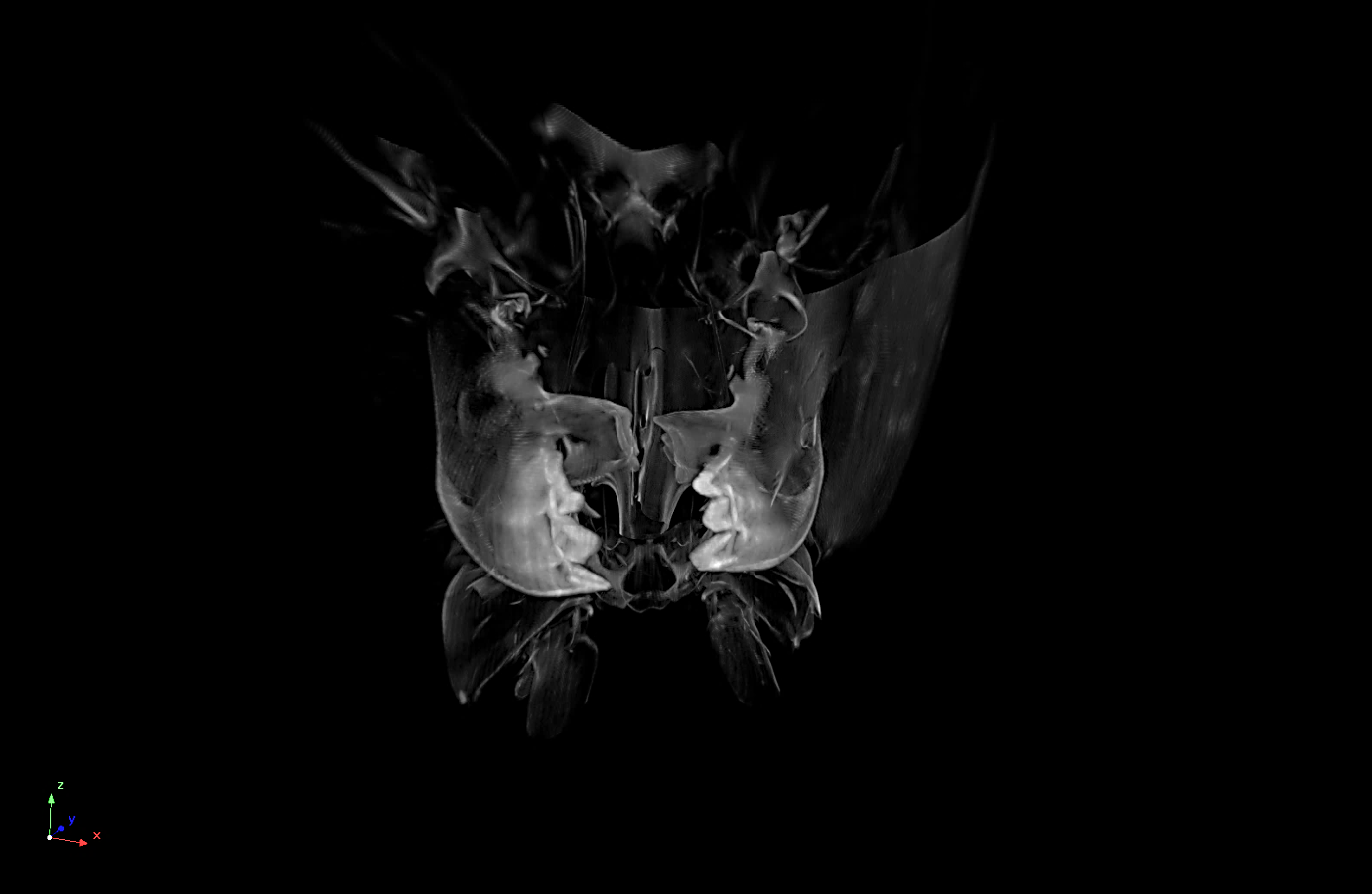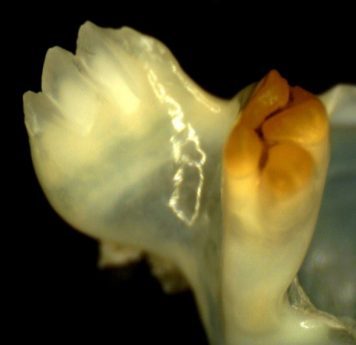

Molecular bio-mineralization in decapod crustaceans
Crustaceans are experts in bio-mineralization, since shedding and hardening their exoskeleton occurs periodically in every molt cycle throughout their life. We use the Australian redclaw crayfish, Cherax quadricarinatus, to study genes related to biomineralization and to answer the main question – what makes crustaceans the undisputed champions in bio-mineralization?
The above studies are done in collaboration with Dr. Shmuel Bentov. In collaboration with Dr. Benjamin Palmer we study reflecting crystals in the eyestalk system.
We use the latest molecular methodologies including in silico, in vitro and in vivo tools to decipher and characterize this complex mechanism that might be harnessed to create biomimetic substances which could be applied in diverse fields such as engineering, biomed and more.
Sponsors and collaborators
Related articles
- Bentov, S., Zaslansky, P., Al-Sawalmih, A., Masic, A., Fratzl, P., Sagi, A., Berman, A., and Aichmayer, B. 2012.Enamel-like apatite crown covering amorphous mineral in a crayfish mandible. Nature communications.
- Abehsera, S., Glazer, L., Tynyakov, J., Plaschkes, I., Chalifa-Caspi, V., Khalaila, I., Aflalo, E. D. and Sagi, A. 2015. Binary gene expression patterning of the molt cycle: The case of chitin metabolism.PLoS ONE, 10(4): e0122602.
- Abehsera, S., Zaccai S., Mittelman B., Glazer L., Weil S., Khalaila I., Davidov G. Bitton R., Zarivach R., Li, S., Li, F., Xiang, J., Manor R., Aflalo, E.D., and Sagi, A. CPAP3 proteins in the mineralized cuticle of a decapod crustacean. Scientific Reports. 8(1):2430.
- Palmer, B.A., Yallapragada, V-J., Schiffmann, N., Merary Wormser, E., Elad, N., Aflalo, E.D., Sagi, A., Weiner, S., Oron, D. and Addadi, L. 2020. Birefringent, core-shell nanoparticles form highly efficient reflective materials in nature. Nature Nanotechnology, doi:10.1038/s41565-019-0609-5.

